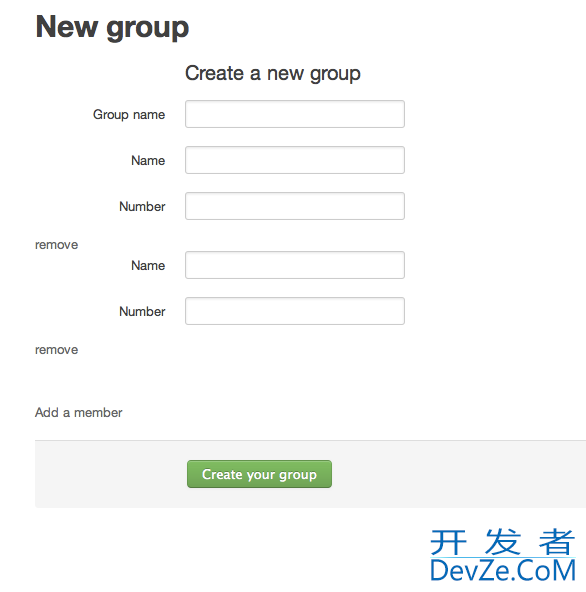Django Generic object_list pagination. Adding instead of replacing arguments
I\'m having some trouble with the django generic object_list function\'s pagination not really being \"smart\" enough to compensate my daftness.
0
0
0
依依依依是什么歌呢??:下一篇




![Interactive visualization of a graph in python [closed]](https://www.devze.com/res/2023/04-10/09/92d32fe8c0d22fb96bd6f6e8b7d1f457.gif)



 加载中,请稍侯......
加载中,请稍侯......
精彩评论